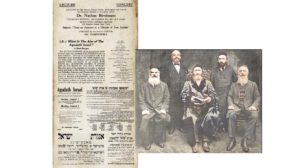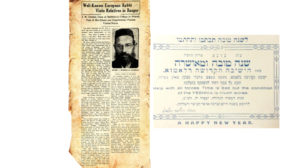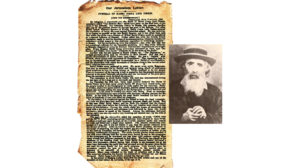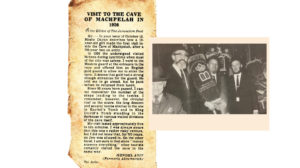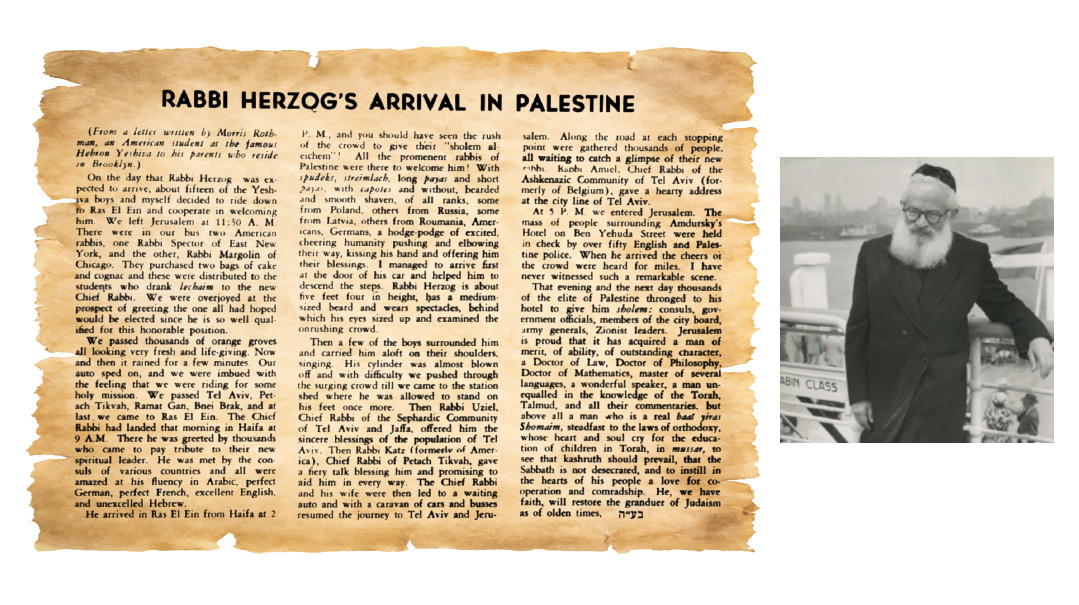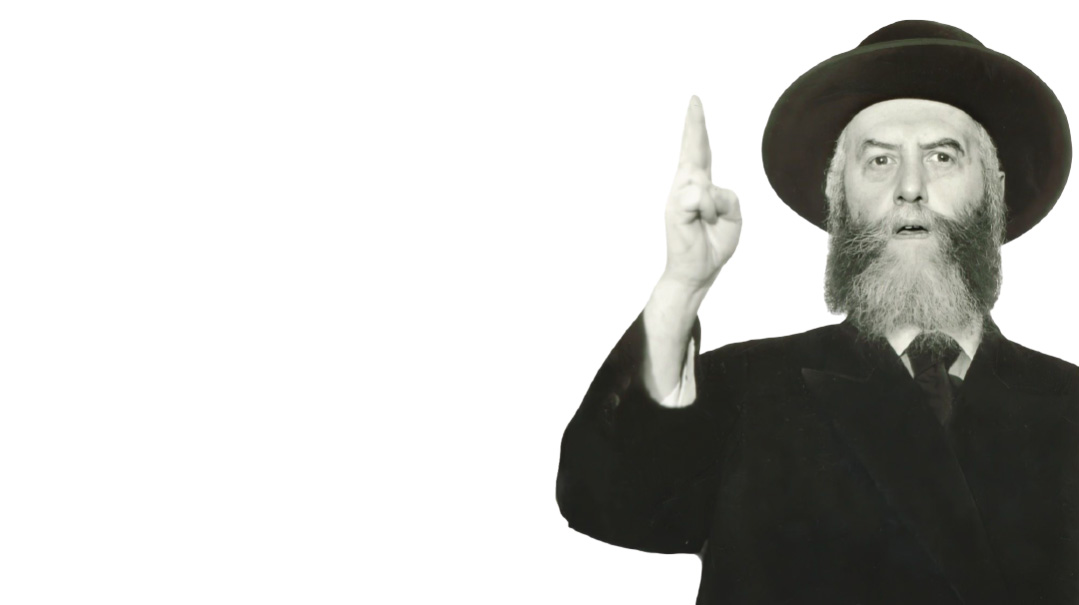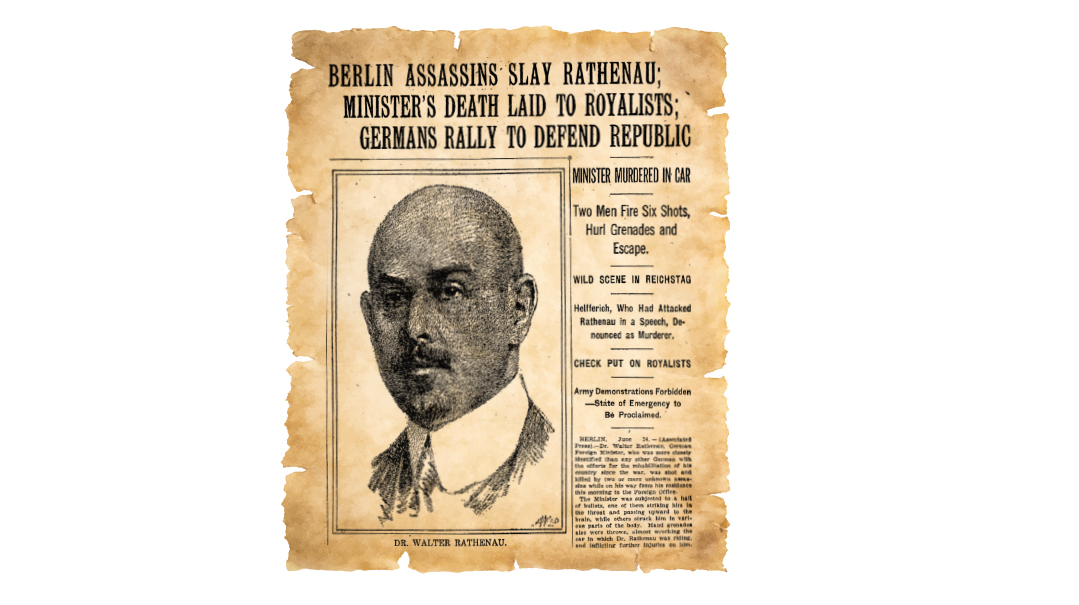Pushke, Pushke, on the Wall
| July 27, 2021One creative idea was to distribute pushkes to individual homes throughout Eastern Europe
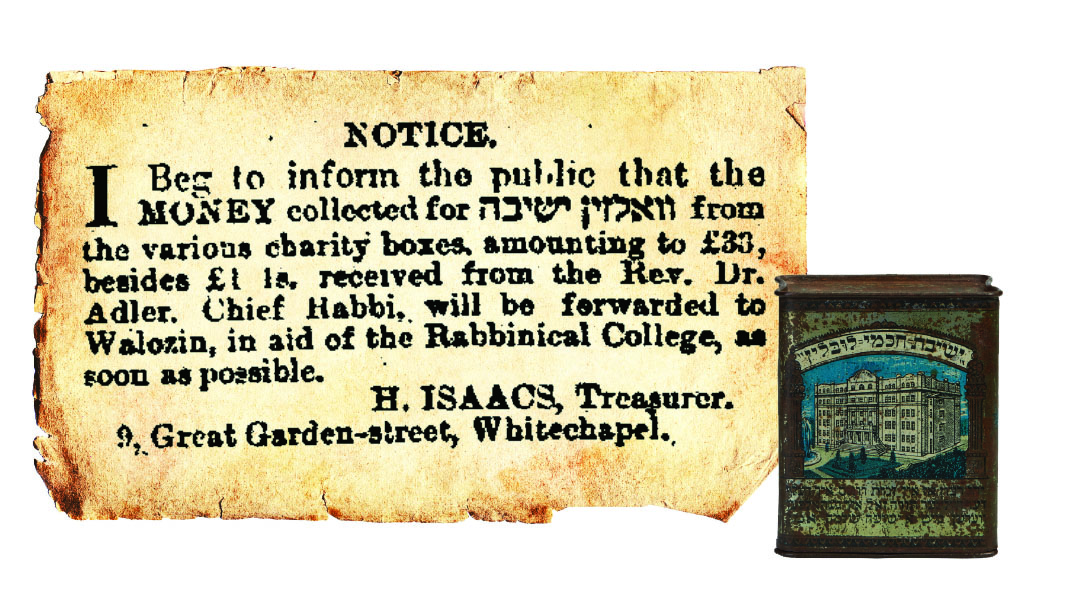
The talmidim of the Baal Shem Tov made aliyah in 1777, followed in the early 1800s by students of the Vilna Gaon. An elaborate system of fundraising methods was developed to allow the scholars to be supported by the chalukah system. One creative idea was to distribute pushkes to individual homes throughout Eastern Europe, establishing a network of support that was wide both geographically and demographically. Even the poorest household would occasionally drop a kopek into the “Kupas Rav Meir Baal Haness.” This eventually became a ritual, often incorporated into a woman’s hafrashas challah or kindling Shabbos candles. Rav Chaim of Volozhin encouraged the immigrants to purchase land and engage in agriculture, in order to fulfill the mitzvos connected to the Land. This way supporters would have an indirect role in these mitzvos, adding an incentive for donors.
Rav Chaim of Volozhin began employing these methods to expand the Volozhin yeshivah’s fundraising, distributing pushkes as far away as England. Designated gabbaim and shadarim (shelucha d’rabbanan) made occasional rounds to collect the pushkes’ contents. Because Rav Chaim and later his son Rav Itzeleh oversaw collections in Lithuania for both the Volozhin yeshivah and the Eretz Yisrael scholars, the two pushkes were not seen as competing with each other.
In White Russia, collections for the Holy Land were overseen by Chabad leaders, while in Ukraine and Galicia they were administered by local tzaddikim. Eretz Yisrael was then part of the Ottoman Empire, a geopolitical rival of Russia; when international tensions flared up, donations were collected in the name of yeshivos generally, and the funds were passed on clandestinely to the Holy Land. Participation in this scheme put Russian rabbis in constant danger; at different times both the Baal HaTanya and the Netziv of Volozhin were arrested.
Later in the 19th century, pushkes crossed the Atlantic, necessitating further clarification on their distribution. A din Torah decades earlier had allowed the Mir yeshivah to put out its own pushkes, determining that it was not an encroachment on Volozhin’s territory. But in 1888, the great Kovno Rav, Rav Yitzchok Elchonon Spektor, issued a psak that only Kupas Rav Meir Baal Haness pushkes were authorized for collections on behalf of the poor in Eretz Yisrael.
Concerned that this would affect collections for yeshivos, the rabbi of Mir, Rav Yom Tov Lipman, along with rosh yeshivah Rav Chaim Leib Tiktinsky, requested that Rav Yitzchok Elchonon clarify his position on their pushkes as well. Rav Spektor issued a letter along with Rav Dovid Karliner and the Minsker Gadol, Rav Yerucham Yehuda Leib Perelman, permitting the Mir and Volozhin yeshivos to continue distributing their pushkes wherever they saw fit.
Just One Rav Meir
As Rav Meir Shapiro struggled to finish building Yeshivas Chachmei Lublin, he mounted a pushke campaign across Poland, arousing the ire of Kupas Rav Meir Baal Haness. Facing an onslaught of negative press, Rav Shapiro penned Kuntres Teshuvah ka’Halachah. In it he passionately defended his stance; he sent it to Polish rabbis along with invitations to the yeshivah’s 1930 grand opening.
The Blue Pushkes
The pushke competition gained another entrant in the early 1900s: Keren Kayemet L’Yisrael. Though ostensibly averse to such “old-fashioned” methods of fundraising, the signature blue pushkes began to appear in households across Eastern Europe, seemingly gaining widespread mass appeal. This threatened a foundational financial pillar of both the Old Yishuv and the yeshivos, essentially opening the floodgates on pushke campaigns.
Thank you to Professor Shaul Stampfer, whose research provided the basis for this column and to Hadassah Safier who inspired the topic.
(Originally featured in Mishpacha, Issue 871)
Oops! We could not locate your form.

